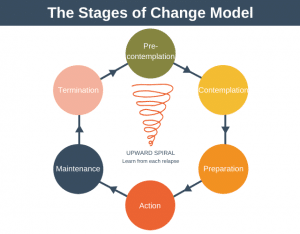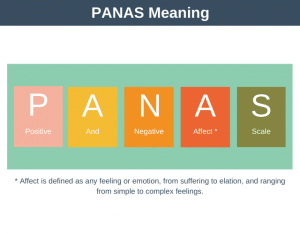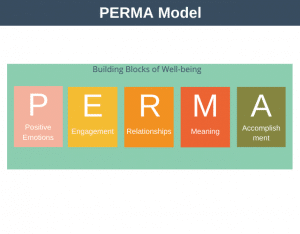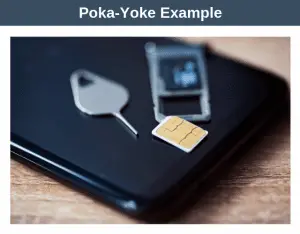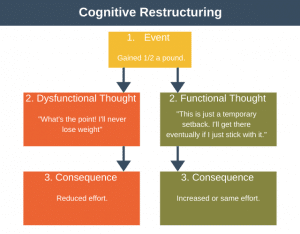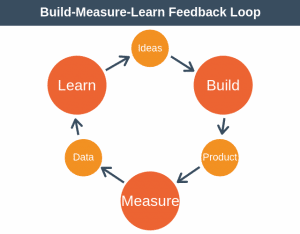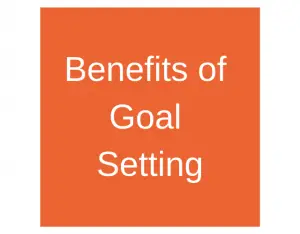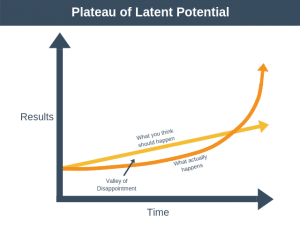The Honey and Mumford learning styles are four distinct styles of learning. The theory states that each one of us will prefer to learn using one, or at most two, of these different learning styles.
If you’re anything like me, then when you plan to learn a new subject, you’ll begin by thinking about what you want to learn. You might even set some goals for what you hope to learn over the next few months and work backward from there, setting out what you plan to learn each week.
But have you ever stopped to consider not just what you should learn, but how you should learn it? Maybe if you learned in the way most suited to you, then you could learn not only more effectively but in a more enjoyable way.
Honey and Mumford Learning Styles
The Honey and Mumford learning styles were published by Peter Honey and Alan Mumford in 1986. Honey and Mumford’s learning styles model identifies four different styles that people use to learn something new:
- Activist
- Theorist
- Pragmatist
- Reflector
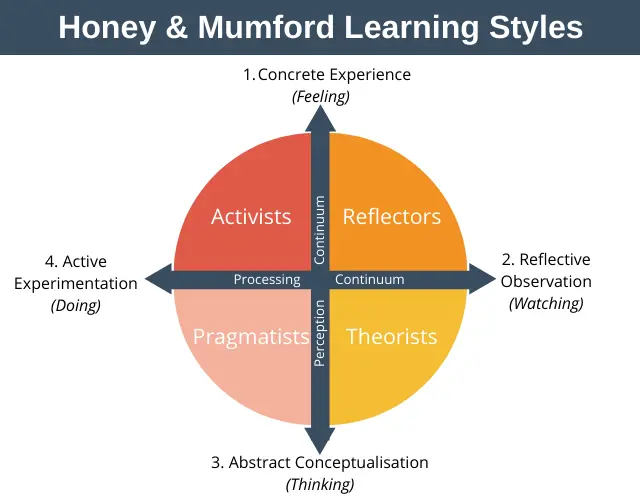
If you are familiar with Kolb’s learning cycle, then you might have spotted that the Honey and Mumford learning styles are based heavily on that model.
As you can see from the diagram, the Honey and Mumford learning styles are plotted around two axes. The horizontal axis is called the processing continuum and refers to how we approach a task, that is, do we prefer to learn by watching or doing. The vertical axis is called the perception continuum and refers to our emotional response to the task, or how we think and feel about it.
Honey and Mumford’s learning styles suggests that most people prefer to use just one or two of these distinct styles. They have produced a questionnaire to help you find your preferred learning style. Also, note that each style will have a set of learning activities that are best suited to it – we’ll examine these more below.
Let’s jump in and examine each of the Honey and Mumford learning styles.
1. Activist
Activists are people who learn best by doing. They like to get their hands dirty and are enthusiastic about being thrown in at the deep end and trying new things.
They love to tackle problems using brainstorming sessions with others to figure things out. They are more than happy to lead these sessions themselves. When their enthusiasm for an experience begins to wain, they immediately start to look for the next challenge.
Activists learn best when:
- Thrown in at the deep end.
- Working with others.
- Trying new experiences.
Activists learn least well when:
- Reading or thinking about a problem on their own.
- Listening to lectures.
Activities suited to activists:
- Brainstorming.
- Group discussion.
- Roleplay.
- Puzzles.
- Hands-on problem-solving.
2. Theorist
Theorists are people who learn best by understanding the theory behind why something is the way it is. They need models, concepts, and facts to be able to learn effectively.
They enjoy analyzing and assimilating information to form their own theories. They value logic and rational thinking.
What they are learning must have a logical purpose in order for them to engage with it. They like to be able to ask questions so that they can form their own opinions.
Theorists learn best when:
- There is a theory or logical model behind everything that they learn.
- They have the opportunity to ask questions.
- They can see the purpose behind everything they learn.
Theorists learn least when:
- Conclusions are ambiguous.
- Feelings and emotions are involved.
- Asked to jump in at the deep end without understanding the underlying theory.
Activities suited to theorists:
- Models.
- Facts and figures.
- Quotes.
- Applying a theory.
- Storytelling.
3. Pragmatist
Pragmatists learn best when they can see how what they are learning can be put into practice in the real world.
They like to take a new idea they have learned and immediately try to put it into practice. They want to seek out new ways to use what they have learned in practice.
They are practical, down-to-earth types who like to get on and get things done.
Pragmatists learn best when:
- They can see the connection between what they are learning and its use in practice.
- What they are learning is practically superior to their current way of doing things.
- They can get feedback on how they are doing from an expert.
- There is a practical example they can copy or build on.
Pragmatists learn least when:
- They can’t see a practical application for what they are learning.
Activities suited to pragmatists:
- Case studies.
- Problem-solving.
- Discussing how to translate theory into practice.
4. Reflector
Reflectors are people who learn best when they can observe others and think about what they have just observed. They avoid jumping straight in and prefer to watch first.
They like to collect data from many sources and perspectives, then think about it thoroughly before reaching any conclusion. They are cautious and like to consider all the angles before committing to action.
Reflectors learn best when:
- Given time to think before they have to take action.
- Given time to investigate before they have to take action.
Reflectors learn least when:
- Aggressive deadlines rush them.
- They have to do things without having adequate time to prepare.
- Forced to take the lead in a group situation.
Activities suited to reflectors:
- Observing others perform activities.
- Paired discussions.
- Receiving feedback from others.
- Coaching.
Advantages and Disadvantages
Advantages
Some of the benefits of the model include:
- Learning using the most suited style to you can make learning easier, faster, more effective, and more fun.
- By increasing your awareness of how you like to learn, you create the foundation for improving your learning skills. You can’t address your weak areas to become a more well-rounded learner.
Disadvantages
Several criticisms have been leveled at the Honey and Mumford learning styles model.
- It is inconclusive whether the questionnaire really measures your preferred learning style or whether it is merely a personality test.
- It is not always easy to learn a subject in the manner that is most suited to you. For example, it’s difficult to learn the law by merely doing, and it’s difficult to learn to become a carpenter by watching.
Summary
The Honey and Mumford learning styles model is based on Kolb’s work and proposes that there are four different learning styles and provides the learning activities best suited to each learning style. According to the theory, each of us will prefer one or at maximum two learning styles.
Can you recognize which of the Honey and Mumford learning styles is best suited to you? If not, why not take the Honey and Mumford questionnaire, which you can find here.
